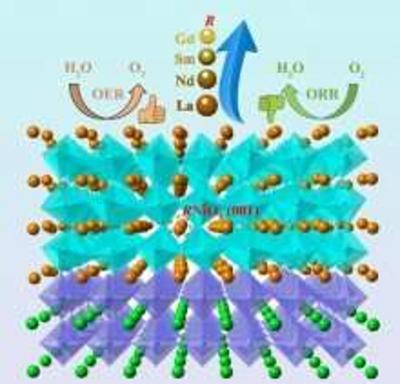EPFL researchers develop a new way to achieve to high-performance, stable perovskite solar cells
Some of the key challenges for hybrid organic-inorganic perovskite solar cells are their limited stability, scalability, and molecular level engineering. Researchers at the Laboratory of Photonics and Interfaces (LPI) and Laboratory of Magnetic Resonance (LMR) at EPFL show how molecular engineering of multifunctional molecular modulators (MMMs) and using solid-state nuclear magnetic resonance (NMR) to investigate their role in double-cation pure-iodide perovskites can lead to stable, scalable, and efficient perovskite solar cells.
The objective of the team lead by Professor Grätzel (LPI), in collaboration with the group of Professor Lyndon Emsley (LMR) was to tackle the above-mentioned challenges through rational molecular design in conjunction with solid-state NMR, as a unique technique for probing interactions within the perovskite material at the atomic level. The team designed a series of organic molecules equipped with specific functions that act as molecular modulators (MMs), which interact with the perovskite surface through noncovalent interactions, such as hydrogen bonding or metal coordination. While hydrogen bonding can affect the electronic quality of the material, coordination to the metal cation sites could ensure suppression of some of the structural defects, such as under-coordinated metal ions.










